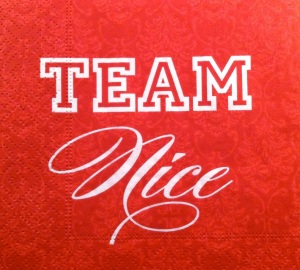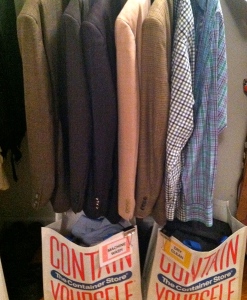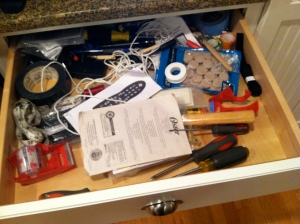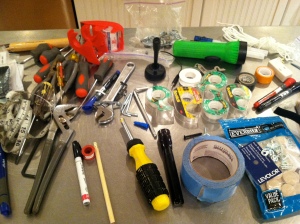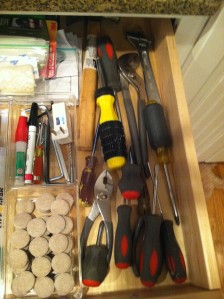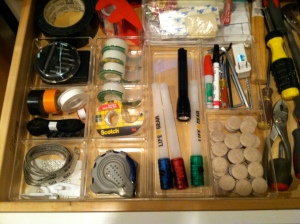READER QUESTION: My SPD son, 11-yrs-old, is terrible at homework organization and motivation to complete his homework. He forgets things at school, even after meeting with the teacher prior to leaving. He just had a 4-day weekend and chose not finish work that was due prior to the break! How much hand- holding and “spoon feeding” should I do? He’ll be in middle school next year and he must learn to be responsible for his own work! He’s a smart kid. Very distracted. Very slow to complete tasks. A procrastinator to the max. Please help with simple “self-checks” that he can do to help him break homework down into manageable portions. Thank you!
This is a two-part question:
1) How can I help my son remember things at school?
2) How can I create some simple self-checks to help him break down his homework into manageable portions?
Today’s blog post will be focus on Question #1 – Remembering Strategies
REMEMBERING STRATEGIES
Think of executive function skills (the mental processes that help us remember, plan, and organize) as a developing muscle. In fact, this “muscle” develops until most of us are 25 years old. So that means middle school and high school are executive function training periods where we can build and develop this muscle. Since this muscle is still developing, it means kids with executive function challenges will need systems, visual reminders, and lots of practice and despite all this, they will still forget things from time-to-time. A few remembering strategies for getting things to school and back home again.
* WHAT ARE YOU FORGETTING? MAKE A SYSTEM FOR YOU….
One of the most important things you can do is start with your own remembering. We can come to these experiences of helping our kids very frustrated with them after many lost items and forgotten pieces of work. Sit down and write down 3 things that you always forget – it can be anything. For me, it’s coupons for shopping. I’ll sit and remember how frustrated I feel when I get to the store and realize I forgot my coupons. I feel awful for not “remembering” and begin to verbally put myself down. In that moment, I’m just like my child – I forget things and feel awful about it. It’s pretty hard to remember things when you’re feeling awful about yourself. Same is true for our sensory kids. When I start here, owning the places in my life where I’m forgetful, I’m able to support my child’s remembering with compassion and understanding.
* PRIORITIZE WHAT NEEDS TO BE REMEMBERED
One way we can maximize their remembering muscle is to prioritize what needs to be remembered. For most kids, the priority is going to be getting homework home and back to school again and remembering books and papers. That’s what you focus on. You take hats / mittens, lunch boxes, even coats off the table until they master the important stuff. Leave an extra set of hats/ mittens at school, buy paper lunch bags to send lunches into school, and keep last years smallish coat as a back up. By loosening the remembering requirements, we are helping they use their remembering muscle on the important things.
* THE DROP-BIN
A general batching system can be a big support in helping kids get the right things to school. Instead of a detailed mudroom hanging / organizing system, get your child a big bin that holds everything that needs to go back to school – papers, backpack, jacket, hat/mittens, lunch, library books. As things get remembered or completed, they are put in the bin. At the end of the night, your child has one packing session putting in anything that is needed for the next day at school.
* MAKE A “DID YOU REMEMBER” VISUAL
Powerful images trigger remembering. This visual example is one I made for a child I was working with who was struggling with remembering to bring her glasses to school. She loved dogs and loved her milk. So we took a picture of her dog and used the “Got Milk” slogan in the visual. When we support one item with a visual fascination, a catchy slogan, and add in a little outrageous fun, we can help our kids remember. This was placed at eye level on the door she used to leave the house so it “hit her in the eyes” before she left.
* A CONCRETE, PORTABLE VISUAL
Give your child something to see and touch to help them remember a task. Rubber bracelets are a great tangible to use to help kids remember to turn in homework at school or get homework home. Have your child pick a color or two that reminds them of homework and have a bowl of these colored rubber bracelets at the breakfast table to access as they get ready for school. As they put on the bracelet, have the say “Turn in Homework”. When they see they bracelet during the day, they will get a constant visual reminder to complete this task.
* MINI BOOK LIST FOR LOCKER
A lot is going on at the end of the day transition as kids are packing up to go home – socializing, lots of movement and noises, and lots to try to remember in a short block of time. Use a small luggage tag or a small laminated list to hang on backpack or in locker for a quick visual checklist of books that might need to come home. Make sure to use the language they use to describe their books (i.e. Vocab Notebook, Reading Journal etc.).
* FORGOT MY HOMEWORK CARD
If you have a child that forgets their homework, expect that it is going to happen somewhat regularly until their remembering skills get stronger. The key is creating a “Forgot My Homework Plan” before it actually happens when your child is in a calm, regulated place. Have 3-4 options of what can be done if homework is forgotten (call certain classmates, keep an extra set of books at home, access information online etc.).
Think of this time as Executive Function Training Ground. A time of rememerbing ups and downs, a time to explore systems, visuals, and routines that can help trigger your child’s memory and help build habits. As you work to support your child, be open to exploring your own remembering challenges and strategies. Knowing we are all the same is a big piece in easing the tension and stress from these parenting moments. And this helps us all. Simple strategies for more peaceful days ~



